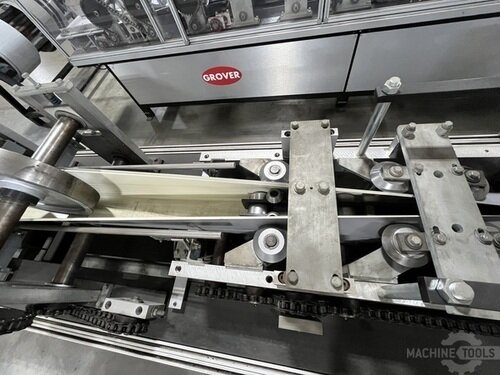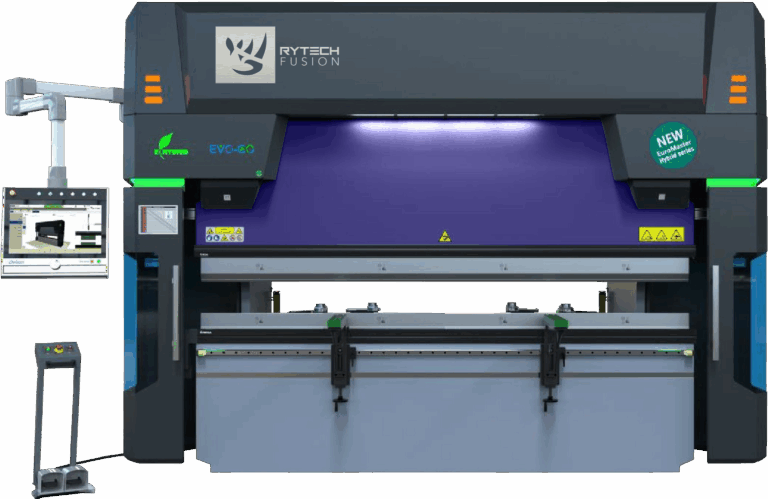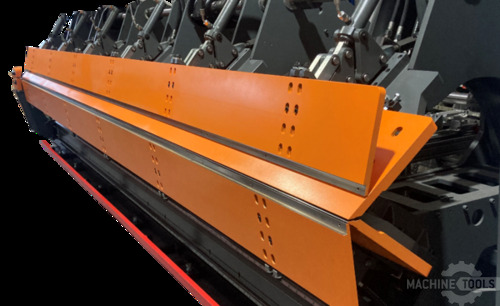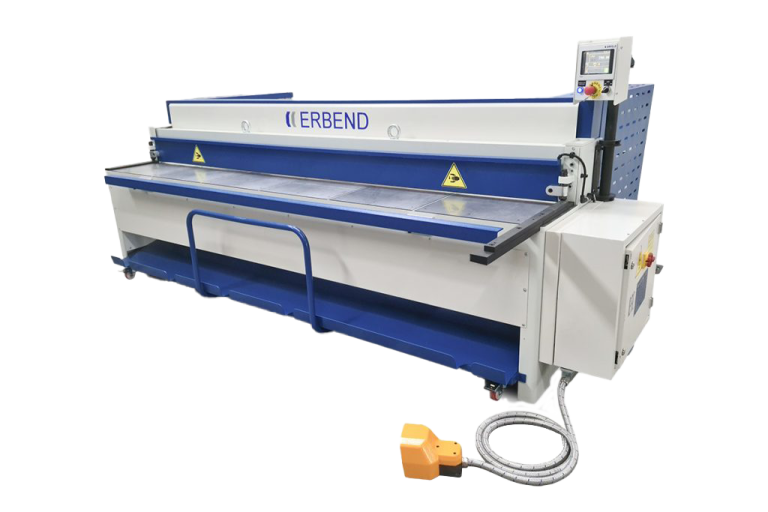Understanding Modular Roll Formers in Multi-Line Production
As someone who has spent years on shop floors, I’ve seen firsthand how modular roll formers have transformed multi-line production. Whether it’s roofing lines or architectural fabrication, the flexibility of modular tooling allows shops to serve various product lines without investing in multiple machines. This adaptability not only cuts costs but also enhances production efficiency. By reconfiguring roll formers for custom profiles, shops can quickly pivot between different tasks, meeting diverse customer demands with ease.
Enhancing Efficiency with Coil-Fed Production
Coil-fed production is a game-changer for efficiency. By feeding material directly from coils, shops can significantly reduce material waste and labor costs. In my experience, integrating coil systems with modular roll formers streamlines operations and enhances throughput. The seamless flow of material ensures that production lines run smoother and faster, resulting in higher output without compromising quality.
Lessons from Real-World Installations
I’ve had the privilege of witnessing remarkable transformations in shops that upgraded to modular roll formers. For example, a Midwest manufacturer I worked with reduced their setup time by 40% after switching to a modular system. This upgrade not only improved their ROI but also allowed them to take on more projects without increasing overhead. Real-world installations consistently demonstrate that investing in modern equipment pays off in both performance and profitability.
Evaluating and Upgrading Your Equipment
When evaluating your equipment, consider the long-term benefits of modular systems. Look for features that offer flexibility and scalability. Upgrading to machines like those from Stefa or Akyapak can enhance your production capabilities. These machines provide precision and reliability, reducing downtime and maintenance costs. Assess your current setup and identify areas where modular roll formers could streamline operations.
GROVER 5400 AX
Streamlining with Automation: From Slitting to Decoiling
Automation is the key to streamlining production, starting from slitting to decoiling. Automated systems reduce the need for manual intervention, improving safety and consistency. By incorporating technologies like automated slitting lines and decoilers, shops can optimize their workflow, minimizing bottlenecks and maximizing output. This integration not only boosts productivity but also enhances the precision of the final product.
Maximizing Throughput and Precision in Metal Folding
Metal folding requires precision, and upgrading to modern panel benders like those from Erbend can make a significant difference. These machines offer high accuracy and speed, ensuring that each fold meets exact specifications. By maximizing throughput and precision, shops can deliver superior products while reducing waste. Investing in advanced folding technology is a strategic move for any shop looking to enhance its competitive edge.
Recognizing the Right Time for a Roll Former Upgrade
Determining the right time for an upgrade involves assessing your current production needs and future goals. If your existing equipment is struggling to meet demand or if maintenance costs are rising, it might be time to consider an upgrade. Modern roll formers offer improved efficiency, quality, and versatility, making them a valuable investment for any forward-thinking shop.
FAQ Section
When is the right time to upgrade a roll former or folder?
Consider upgrading when maintenance costs rise or production demands exceed current capabilities.
How do servo-driven folders compare to hydraulic systems?
Servo-driven folders offer greater precision and energy efficiency compared to traditional hydraulic systems.
What’s the difference between a combi-beam and double folder?
A combi-beam is versatile, handling a variety of profiles, while a double folder excels in speed and efficiency for repetitive tasks.
What are signs a roll forming line is no longer cost-effective?
Frequent breakdowns, high maintenance costs, and inability to meet production demands are key indicators.
How can coil automation reduce operator requirements?
Automation minimizes manual handling, reducing labor needs and enhancing safety and efficiency.
What kind of maintenance schedule do panel benders need?
Regular inspections and preventive maintenance are crucial for optimal performance and longevity.
Can older shears be upgraded with safety and accuracy features?
Yes, many older shears can be retrofitted with modern safety and accuracy enhancements.
Thank you for taking the time to explore the potential of modular roll formers with me. If you’re interested in a walkthrough, demo, or quote, feel free to reach out. My goal is to ensure your shop thrives with the right equipment and support. Let’s work together to achieve long-term success.
— Pat O’Neill
Get Weekly Mac-Tech News & Updates








